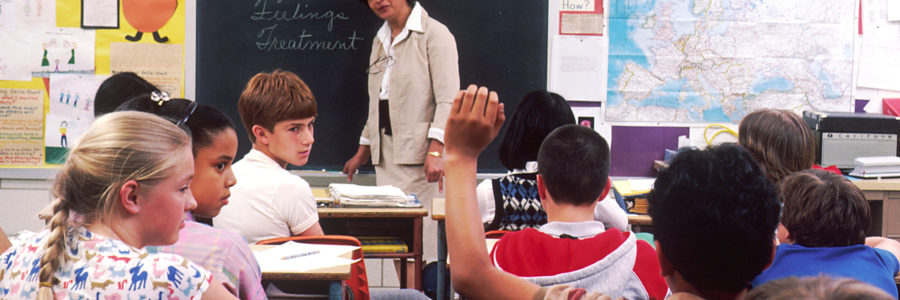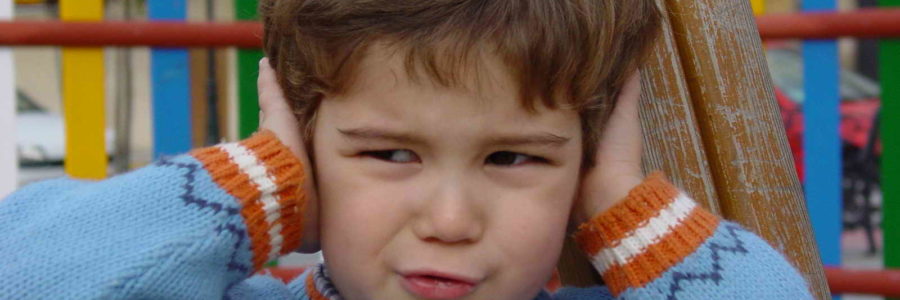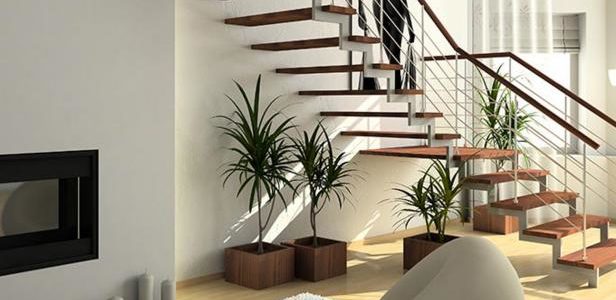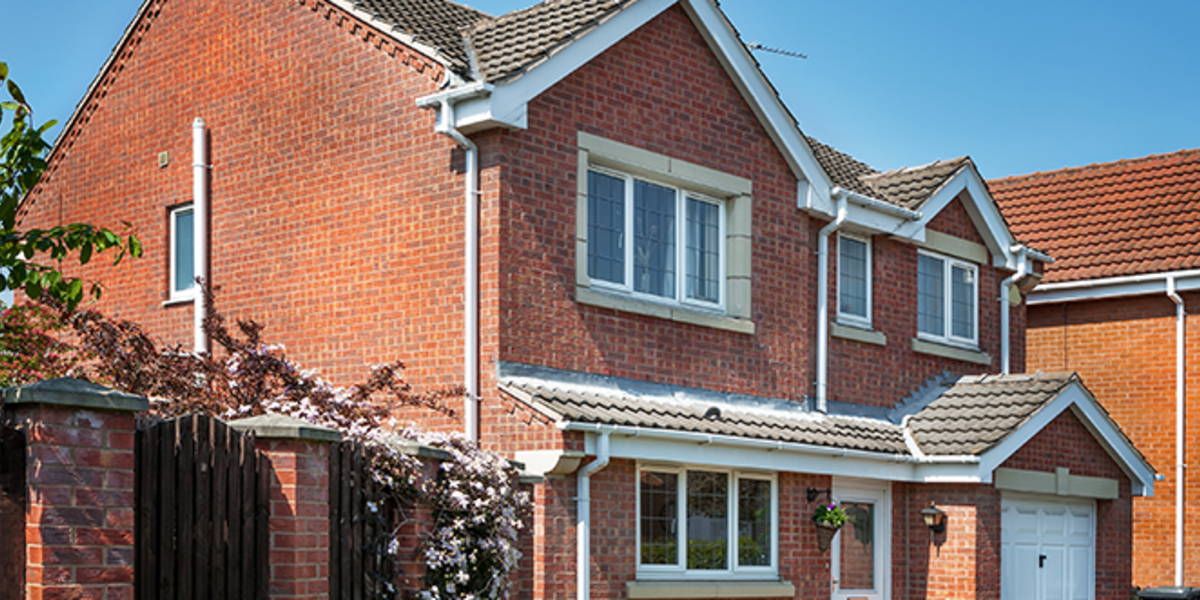
Save yourself some headaches later in the autumn season by preparing your home and HVAC system now! Denver commercial refrigeration repair can help get your HVAC system up-to-date and ready for the cold weather ahead, but here’s some other tips that can help you get your home or business ready for fall:
30 Smart Tips to Get Your Home Ready for Fall
Cooler temperatures and pretty soon falling leaves serve as a reminder that the fall season is fast approaching. As the seasons change, so do our activities and home needs. Even though summer is not quite over yet, it’s a good time to do some seasonal maintenance to keep your home running smoothly. The weather can change quickly, especially if you live in a colder climate and you don’t want to be caught unprepared. A bit of attention now will save costly repairs and aggravation later.
Interior Maintenance
- Check for drafts. Feel for drafts around the edges of windows and doors. A good tip is to use a lighted candle and if the flame flickers, there’s most likely a draft. If necessary, replace seals and repair caulking around window and door frames. Consider buying heavier or insulated drapery for especially drafty windows.
- Have your furnace inspected. Hire an HVAC professional to test for leaks, check heating efficiency, and change the filter. They can also do a carbon monoxide check to ensure air safety. It’s also a good idea to stock up on extra air filters and change them every few months.
- Winterize air conditioning. If your home has central air conditioning, (and you live in a climate where you won’t need it any longer,) it may be necessary to cover your outdoor unit for winter. If you use window air conditioning units, remove them or cover to prevent air leaks.
- Programmable thermostat. Buy a programmable thermostat, if you don’t have one. If you already have one, check the temperature settings. Setting your thermostat to lower the temperature automatically at night and when you’re not home, can result in substantial cost savings.
Read the full article at lifehack.org



















